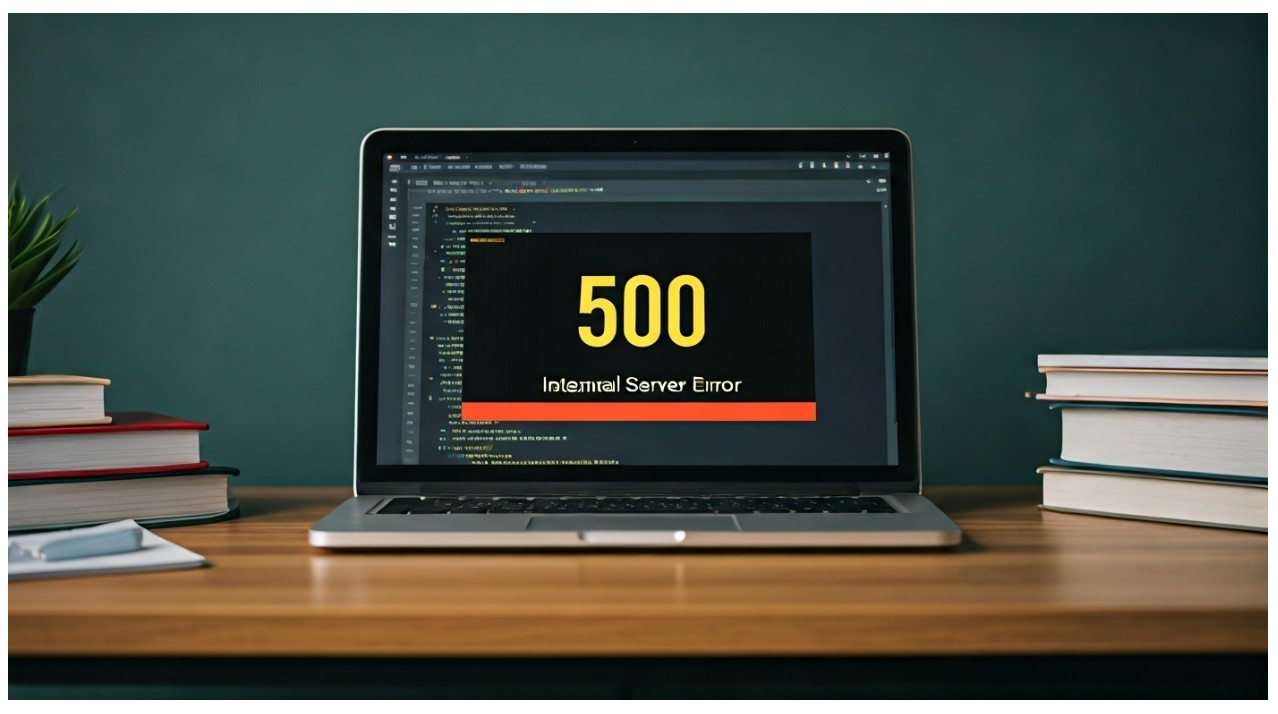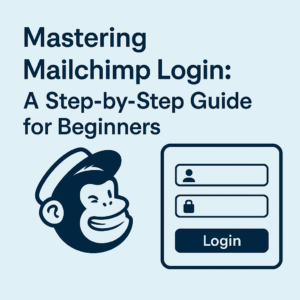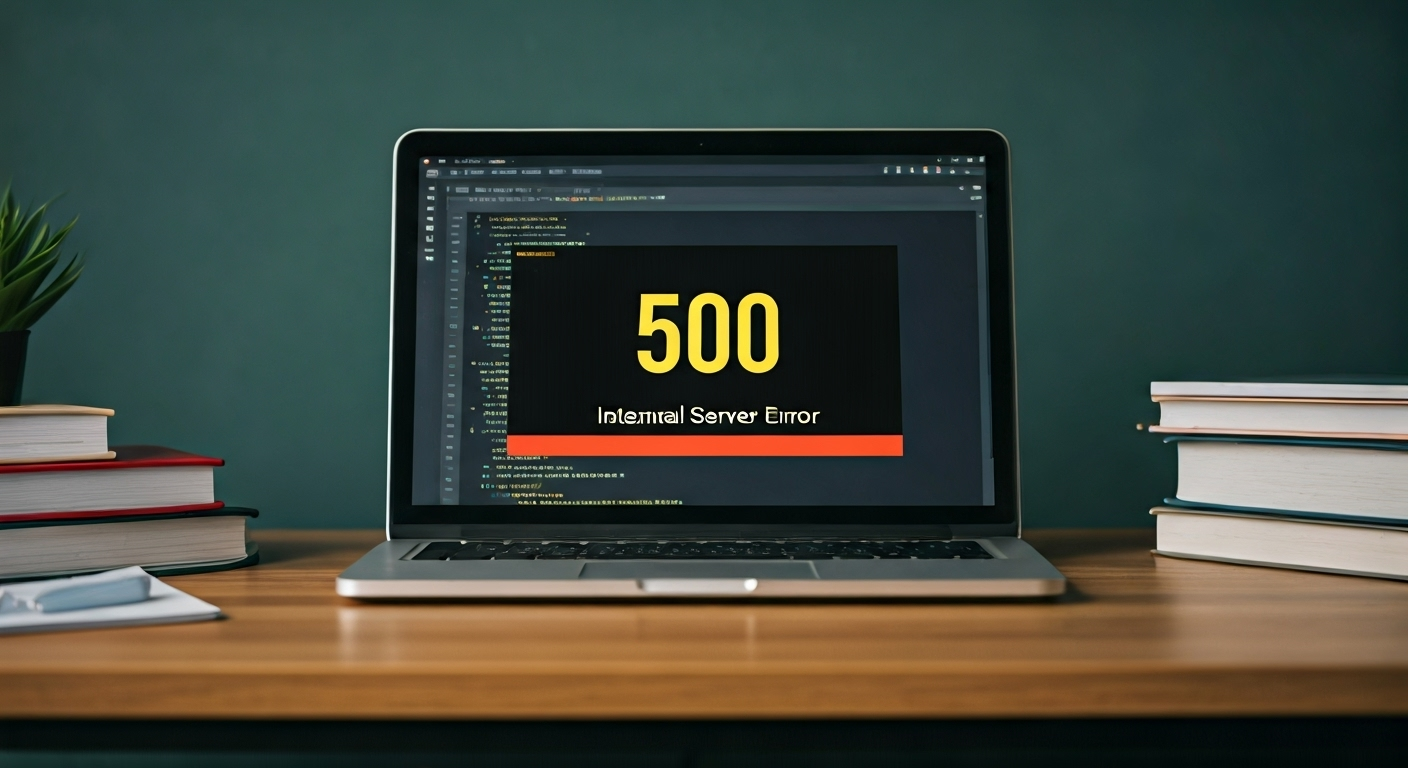
Key Highlights
- A server error 500 elementor occurs due to issues within the website’s server environment, and it often lacks clear indications of the root cause.
- Common troubleshooting involves reviewing PHP error logs, plugin or theme conflicts, and the server’s memory allocation.
- Excessive post revisions and corrupted .hatches files are frequent causes of this error in WordPress websites.
- Element or websites are particularly affected by conflicts with plugins and insufficient memory limits, disrupting page updates.
- Preventive measures, such as regular backups, server performance monitoring, and updates, are crucial to avoid this error in the future.
- Using staging sites and reliable backup tools like BlogVault ensures safe troubleshooting without impacting the live website.
Introduction
Running into a “500 Internal Server Error” when you use WordPress and Elementor can be a real pain. This problem often pops up when you try to save or update pages, and it can stop your work all at once. The error is mostly caused by things like having too many post revisions, not enough PHP memory, or problems with a plugin. It may seem scary at first, but you can fix this server error with the right steps. In this guide, you will find out why it happens, simple ways you can fix it, and how to stop this from coming back. These tips will help your Elementor website work well and keep that internal server error away.
Understanding the “server error 500 elementor” in WordPress
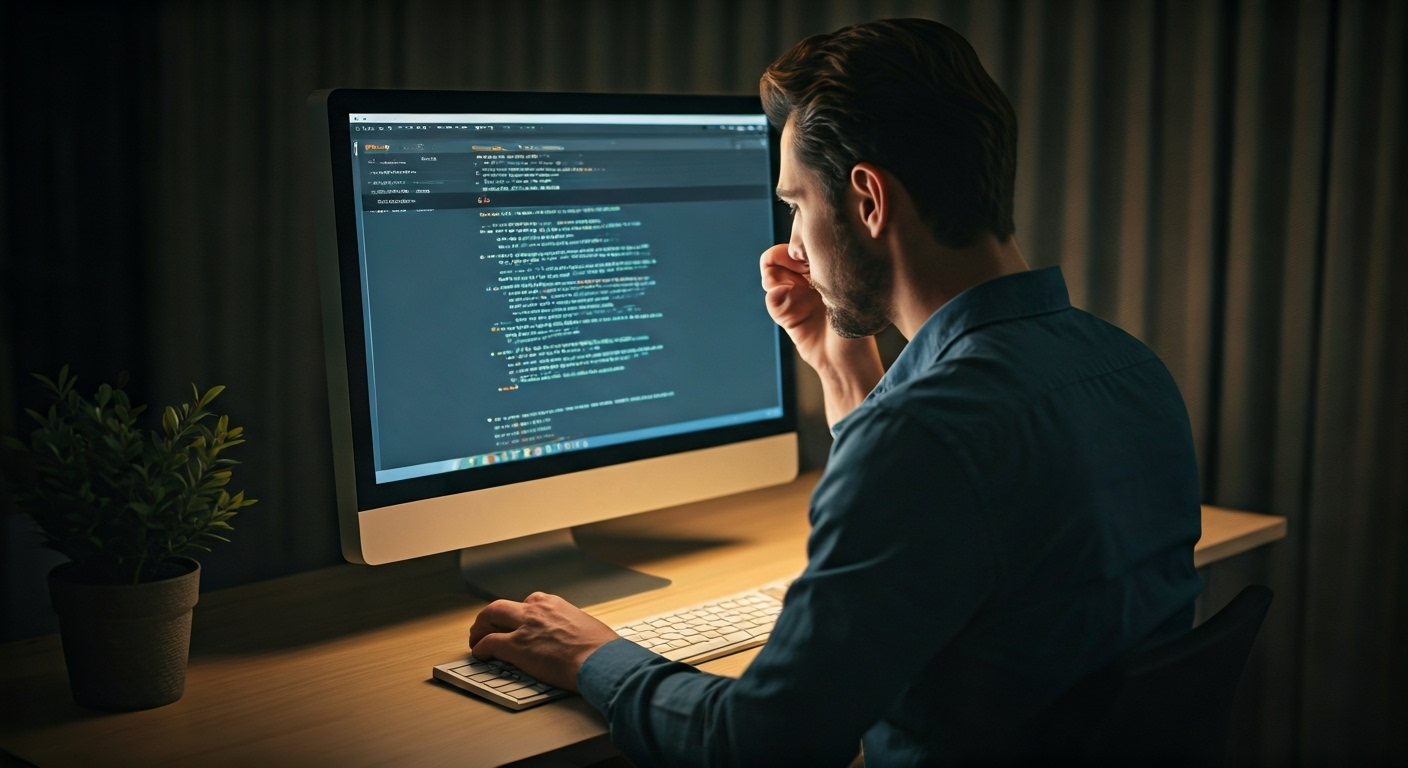 The “500 Internal Server Error” means something is not working right on the website’s server. This error does not say what the root cause is, so it can leave you confused. If you use Elementor, this server error can stop you from updating or editing pages on your site.
The “500 Internal Server Error” means something is not working right on the website’s server. This error does not say what the root cause is, so it can leave you confused. If you use Elementor, this server error can stop you from updating or editing pages on your site.
It helps to know what this error message means and what often causes it. Things like PHP problems, issues with the website’s server environment, and too much resource use on the server are common reasons for this internal server error. Let’s look at what this message means and how it can affect your work.
What Does a server error 500 elementor Error Mean?
So, what does a 500 error really mean? This is a code you see when something is not right on the server while it works on your request. Instead of giving you details, this error message just shows up in your browser without explaining what the real problem is.
Things like server settings, not enough resources, or problems with PHP often lead to this error. For example, if the memory gets overloaded, the server cannot deal with tough requests. Refreshing your browser many times will not fix the problem. The issue needs to be found and fixed first.
Think about a time when you try to save a page in Elementor and see a 500 error instead. The server can give you this response when there are overloaded requests to the database or broken PHP files. Because of that, you cannot finish editing your page. To solve this, you need to find the root cause of the problem first—that’s the key step.
How It Affects Your Elementor Website
server error 500 elementor can cause big problems for people who use Elementor. It often makes an Elementor page stop working. Because of this, you might not be able to save or publish your changes. This downtime can slow down your work and stop you from making updates to your website, which will be frustrating for any website owner.
This type of server error can also mean there are bigger issues on your server or in your database. For example, corrupted PHP files or memory limits can stop Elementor from running as it should. Websites that get a lot of visitors or have many design items will often have these kinds of problems.
If you are a website owner, these server errors can make you lose trust in your own site and cut down on its reliability. When you know how the error affects your Elementor page, it helps you figure out the right troubleshooting steps. This makes it easier to get your site back to normal faster.
Common Causes of the server error 500 elementor in WordPress
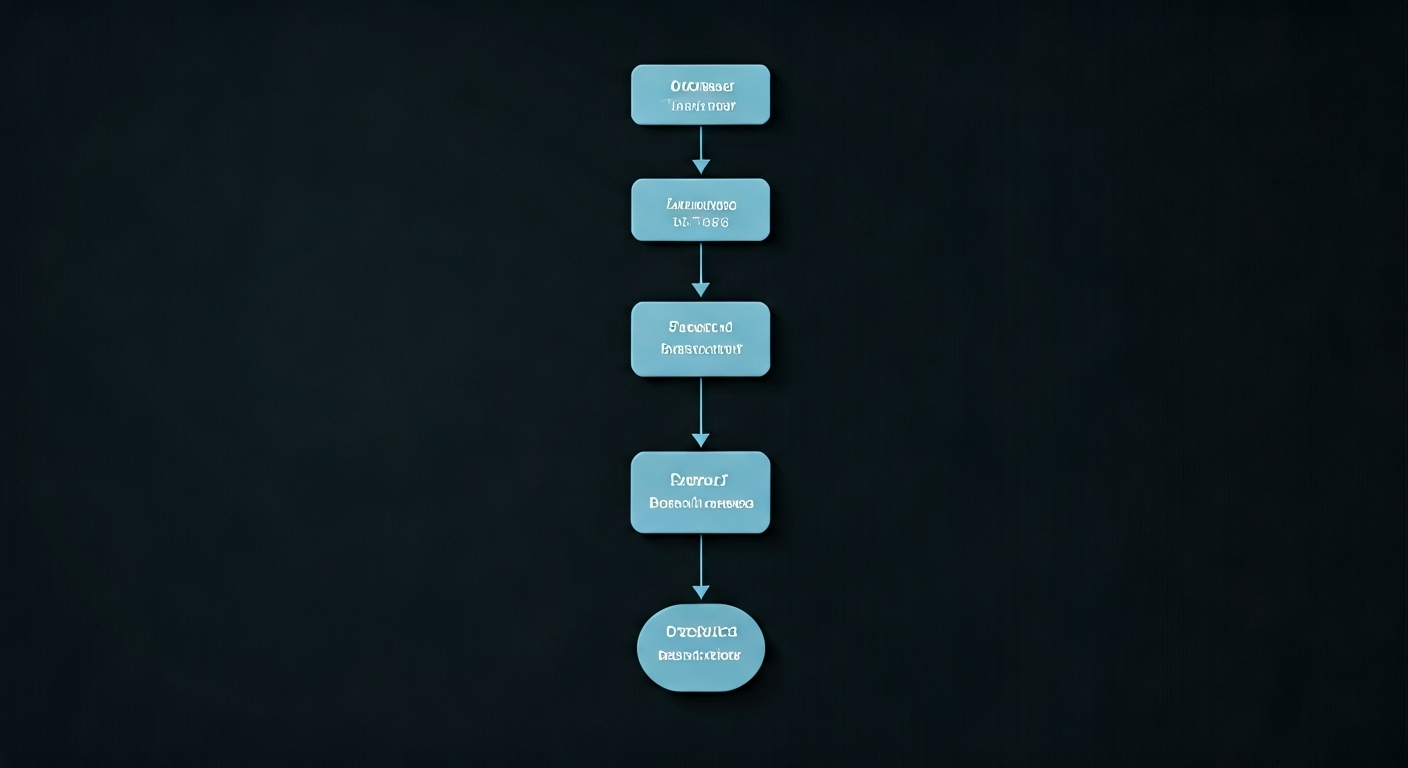 The 500 server error in WordPress can often be caused by problems with plugins or themes, by running out of PHP memory, or by broken setup files. If you use Elementor, these problems can stop pages from saving and make your website less stable.
The 500 server error in WordPress can often be caused by problems with plugins or themes, by running out of PHP memory, or by broken setup files. If you use Elementor, these problems can stop pages from saving and make your website less stable.
The website’s server and its whole environment often have a big part in these errors. Things like an overloaded .htaccess file or not enough memory set aside for PHP can be the main reasons. It’s important to know what has set off the server error so you can find a solid fix. Now, let’s look at these main causes of WordPress and Elementor errors and see how you can handle them.
Plugin and Theme Conflicts
Plugin and theme conflicts are some of the main reasons for the 500 error. When you add or update a plugin that does not work well with Elementor, it can stop your site from working as it should.
You can figure out what is causing the trouble by using these steps:
- Deactivate plugins: Turn off all plugins except for Elementor and Elementor Pro to see if the problem goes away.
- Switch themes: Change your theme to a default theme like Twenty Twenty-Five and see if the error is still there.
- Sequential reactivation: Turn the plugins back on one at a time. Doing this helps you find out which one is the cause.
It is a good idea to do this on a staging site first, not your live site. This way, what you do will not stop your real website from working. Troubleshooting plugin and theme conflicts helps keep all parts of your website safe from problems with things that do not work well together.
Corrupted .htaccess File or Server Configuration
The .htaccess file is very important for your website’s server settings. If the .htaccess file is broken or has mistakes, it can often be the main reason for the 500 internal error.
Some common problems with this file are wrong code or bad changes made to it. Here is what you can do to fix this issue:
- Go to the website’s server by using FTP.
- Find the .htaccess file. Change its name for a short time, like to .htaccess-old.
- Go to the WordPress dashboard. Then, go to Settings, choose Permalinks, and click “Save.” This will create a new .htaccess file.
Server logs may help you learn even more. They can show problems in the setup or tell you what is causing the error. If you fix or change the broken .htaccess file, you can remove errors that come from wrong server settings in WordPress.
PHP Memory Limit Exhaustion
A website that uses many plugins or has detailed Elementor pages can run out of PHP memory. This happens when the server does not have enough memory to handle tasks going on at the same time.
You can fix problems with php memory by raising the memory limit. Look at the table below to see how much PHP memory your website might need based on what it does:
| Functionality Needs | Recommended PHP Memory Limit |
|---|---|
| Basic WordPress Setup | 64 MB |
| Elementor Pages and Plugins | 256 MB |
| High Traffic or Complex Site | 512 MB |
To set a higher php memory limit, go to your wp-config.php file. Add this line: define('WP_MEMORY_LIMIT', '256M');. This small change helps the server handle bigger tasks. It also keeps away problems like the 500 error when your website gets busy.
Step-by-Step Solutions to Fix the server error 500 elementor
To fix a server error 500 elementor, you need to start with good troubleshooting. Use things like error logs and staging sites to help you find the problem. Make sure to save backups first so you don’t lose your site if something goes wrong. Check your widgets, plugins, and the server settings. This helps you figure out what might be causing the server error on your site.
Doing things in these steps makes your fixes safe and helps you get better results. You might need to repair the .htaccess file or raise the memory limits on the server. Taking these actions can help you restore your live site. Try each method one at a time. This way, you make sure your site runs well while you solve the internal server error.
Troubleshooting Plugins and Themes
To fix problems with plugins or themes, start by turning off all plugins except for Elementor. See if you can save pages now. If it works, turn the plugins back on one at a time. This shows which one causes the problem.
Steps:
- Deactivate other plugins in the WordPress dashboard. Go to Installed Plugins to do this.
- Switch to default theme: Turn on Twenty Twenty-Five. Go to Appearance and then Themes.
Do these steps in a staging place and not on your live site. This way, you do not hurt your main site. Fixing problems with plugins or themes will help your Elementor go back to normal. This is a good way to bring your WordPress site back to standard working.
Repairing the .htaccess File
Repairing the .htaccess file is a straightforward task. When this file is broken, the server can stop working.
You can start by renaming the .htaccess file using FTP or the hosting control panel. Then, go to Settings in WordPress and make a new file there. Save your permalinks again. After that, check if the server error is gone.
If you are still not sure what is wrong, you should look at the server error logs. This helps you find the error or any invalid command in the .htaccess file. Fixing this important file lets WordPress and the server work well together.
Increasing the PHP Memory Limit
Increasing the php memory can help Elementor handle big tasks that need more resources. To get started, open your wp-config.php file. Add this line: define('WP_MEMORY_LIMIT', '512M');.
You can use FTP to connect and make these changes. This way, even large jobs can run without any problems. Use the memory change shown above and keep it in a table for easy access. This will help every plugin, including Elementor, work well with your new site updates.
Preventing Future 500 Internal Server Errors with Elementor
To avoid getting repeated 500 errors on your site, you need to act before problems start. Doing regular backups helps save your site’s data. This also helps the site stay OK when you have updates that do not finish as planned. If you use Elementor, keeping manual or set backups can really help you deal with server issues you do not see coming.
You should also check your server every now and then. This helps you see load changes early. By making plugins work well with how you use Elementor, you can cut down on downtime. This makes people trust your site more, even when you make big changes.
Regular Backups and Updates
Having a structured backup plan in place helps you avoid big problems. You can use auto-scheduled tools like WP Sweep to set up regular cleanups when posts begin to slow down your site’s loading time.
When you use backups with the right plugin, your important changes are kept safe. Clear categories help you get back missing info fast, even if a patch or updated plugin causes trouble. Scheduling these backups makes for an easier, faster system in each section. This way, the plugin can switch up when it backs up your database, finding and fixing any duplicate information without needing to do things by hand. Updates get done right before you need them across all areas, making it easy to keep checking your site, spot any problems, and change back when there’s an error. Everything moves smoothly. With these backups and a solid plugin, your site runs better, changes are tracked, old stuff can be brought back, and you keep your data safe.
Monitoring Server Performance
Watching server performance is very important to keep Elementor running well. You should check error logs and PHP memory often. This helps you find any server issues before they get worse. When you give enough memory to your site, pages with a lot of work to do will load fast and not run into a 500 internal server error. Doing daily backups and keeping an eye on system info can protect data if there is a problem. These steps can also help you see the root cause of any server error that comes up. This way, you keep your site and backups safe and your Elementor site works as it should.
Conclusion
Addressing a server error like the ‘500 Internal Server Error’ is very important if you want your website to keep working well. You should make sure the server is set up right. Some ways to do this are by giving enough memory, doing regular manual backups, and checking the error logs. These things can help you stop server errors before they happen. When a server error does show up, there are some steps you can use to fix it. For example, turning off your plugins or switching to a default theme can help find the root cause of the problem. If you use these troubleshooting steps, you can make downtime much less likely and keep your users happy. Doing regular backups, checking your error logs, and having a good server setup always helps make your website run smooth.
Frequently Asked Questions
Why do I see a 500 internal server error after editing with Elementor?
A 500 Internal Server Error can show up after you make changes with Elementor. This can be because of a problem with plugins, the theme, or something wrong with the server. You should check your error logs for more details. Try turning off plugins for a bit to find out what is causing the server error. This can help you fix the internal server error quickly.
Can hosting issues cause a 500 error in WordPress?
Yes, hosting issues can cause a 500 internal server error on a WordPress site. This kind of server error can happen if there is a server overload, wrong settings, or if the host the site is in is having problems. These things can all make your website stop working right. It is smart to keep an eye on server performance. If there are too many problems, switching your hosting may help fix the internal server error.
How do I fix a 500 error if I can’t access my WordPress dashboard?
To fix a 500 error when you cannot get into your WordPress dashboard, you can do a few things. First, try to turn off your plugins using FTP. You should also look at your .htaccess file in the root folder of your WordPress site. Make sure there are no errors in it. Next, check if the PHP version on your server works with your WordPress website. You can also look at server logs. These may show what is causing the problem and help you fix it.
Will deactivating plugins delete my site content?
Turning off plugins in WordPress does not remove your site’s content. It just stops the plugin from working for now. You can do this to fix problems and not lose your posts, pages, or pictures. To stay safe, always make a backup of your site before you make any changes to a plugin in WordPress.
How can I prevent 500 errors from happening again in the future?
To stop 500 Internal Server Errors from happening in the future, you need to watch your server closely. Make sure plugins and themes are running well. Check that file permissions are set the right way. Always keep your WordPress updated. You should use error logs when you do troubleshooting. If you work on the server often and take good care of it, there will be fewer chances for the same error to come back.


